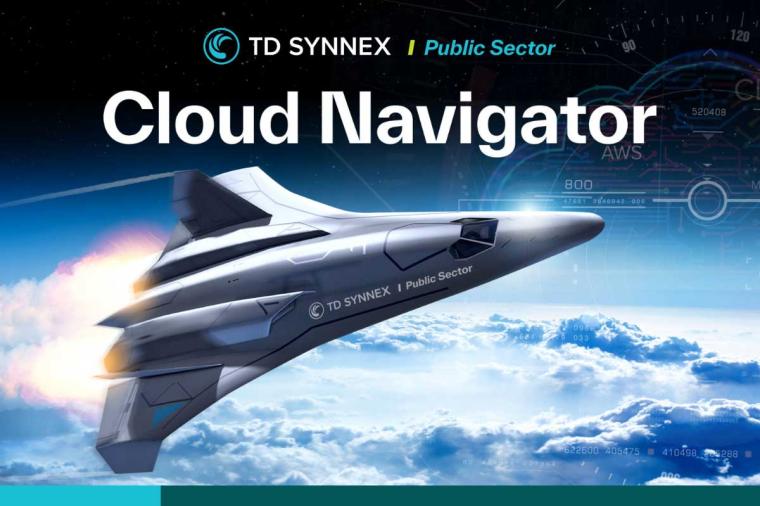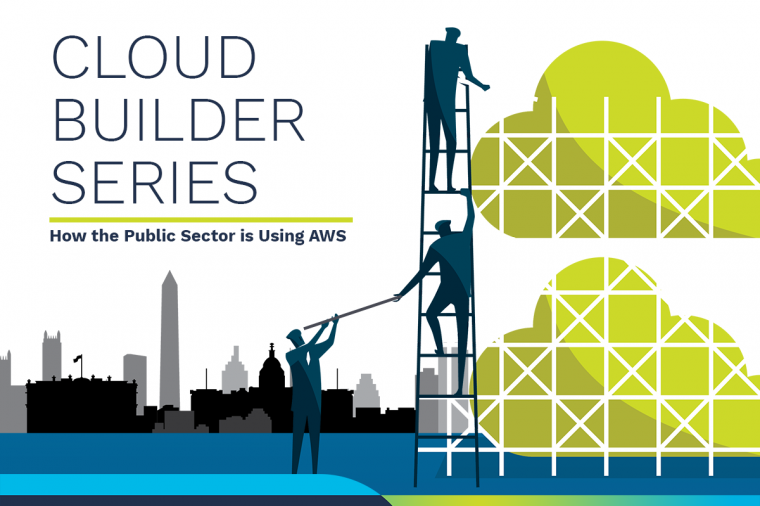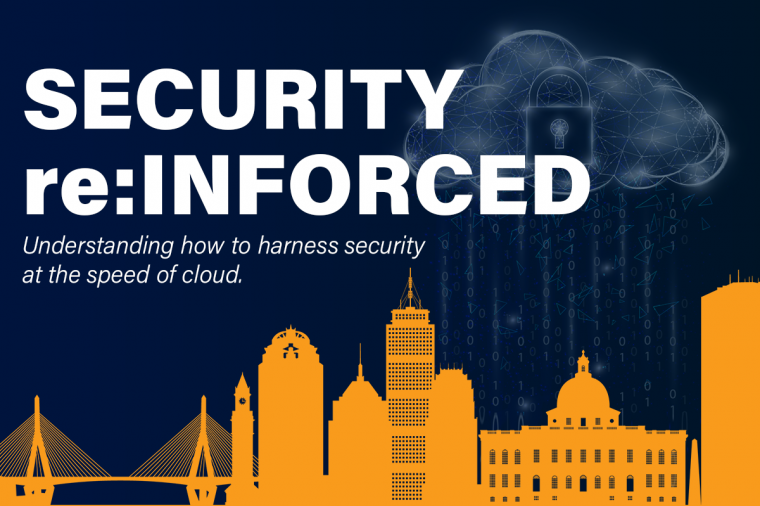Evaluating agency needs in the face of new directives like the Federal Cloud Computing Initiative can be daunting. Analyzing emerging technology in terms of an enterprise architecture is complicated at best, but divorcing the service mission from the technology can highlight less disruptive paths for integrating new paradigms. Understanding and leveraging the benefits of a loosely coupled design will make technology shifts attainable.
Cloud computing is the next step in computing evolution. The concepts and techniques in play are the culmination of years converging technologies. We are seeing the perfect storm of technology and practice bringing out a new and exciting methodology. Cloud architecture promises all of the features that system architects and administrators have struggled to deliver for years: elastic, scalable, fault tolerant computing resources.
Like any emerging technology, the pageant is more impressive than the delivery, but the proposition rings true with enough people that large strides are constantly being made. Organizations like DMTF, OASIS, SNIA and NIST are starting the process of creating standards for interoperation, management, identity and automation within cloud contexts. Red Hat has submitted an open cloud API to DMTF to foster interoperability between cloud environments. The cloud has become the hot property.
But I don't want to talk about what cloud might be, I want to talk about how you will leverage cloud resources.
Primarily, most of us will be consumers of cloud resources; we won't be building and maintaining our own clouds. I want to focus on the practical interaction with a cloud. Getting your application into and, perhaps more importantly, out of the cloud is key to the evaluation of this new paradigm in terms of accomplishing the mission. Any new technology needs to be aligned with business goals and the enterprise architecture, regardless of disruptive buzz. If there is no problem to solve, new technologies should not be adopted within the architecture.
The "pundit of the week" has suggested:
a) the cloud will make enterprise architecture (EA) irrelevant
b) the cloud is the ultimate expression of enterprise architecture
This smacks of naive enthusiasm. Placing cloud squarely in the technology domain of EA is more accurate. Cloud is a means to an end, not an end unto itself. Even at the most abstracted level of Software as a Service, the end user is still utilizing SaaS to create and deliver their own service to a consumer base. Cloud may blur the lines between a few domains within EA, but the focus of EA is strategic. Cloud is tactical. If the business model calls for "being cloud" as a goal unto itself, then there is a misunderstanding of the role of cloud in the service ecosystem. I am purposefully ignoring cloud providers here.
This separation of service and technology is paramount in an enterprise architecture. Even within the Technical Reference Model of the Federal Enterprise Architecture, the technologies listed are general descriptions, not proscribed solutions. EAs create several domains that allow for attaining mission goals while allowing for flexibility in implementation. This alignment of technology implementation with mission goals has helped to drive acceptance of other IT focused architectures. The focus on results instead of implementation moves IT off the front lines and into a strategic role.
How will you evaluate cloud for your agency? The same way you look at every other tech refresh process. What are problems you are trying solve, what risks do you need to mitigate, how does this support the service delivery mission? Opportunities to provide new capabilities and improve on existing services exist. Cutting through the hype to see the upside can be daunting, but mission focus will draw out the salient points for consideration. Van Ristau's webcast and other great resources are available to help you take the first step and evaluate your agency's needs.
















































